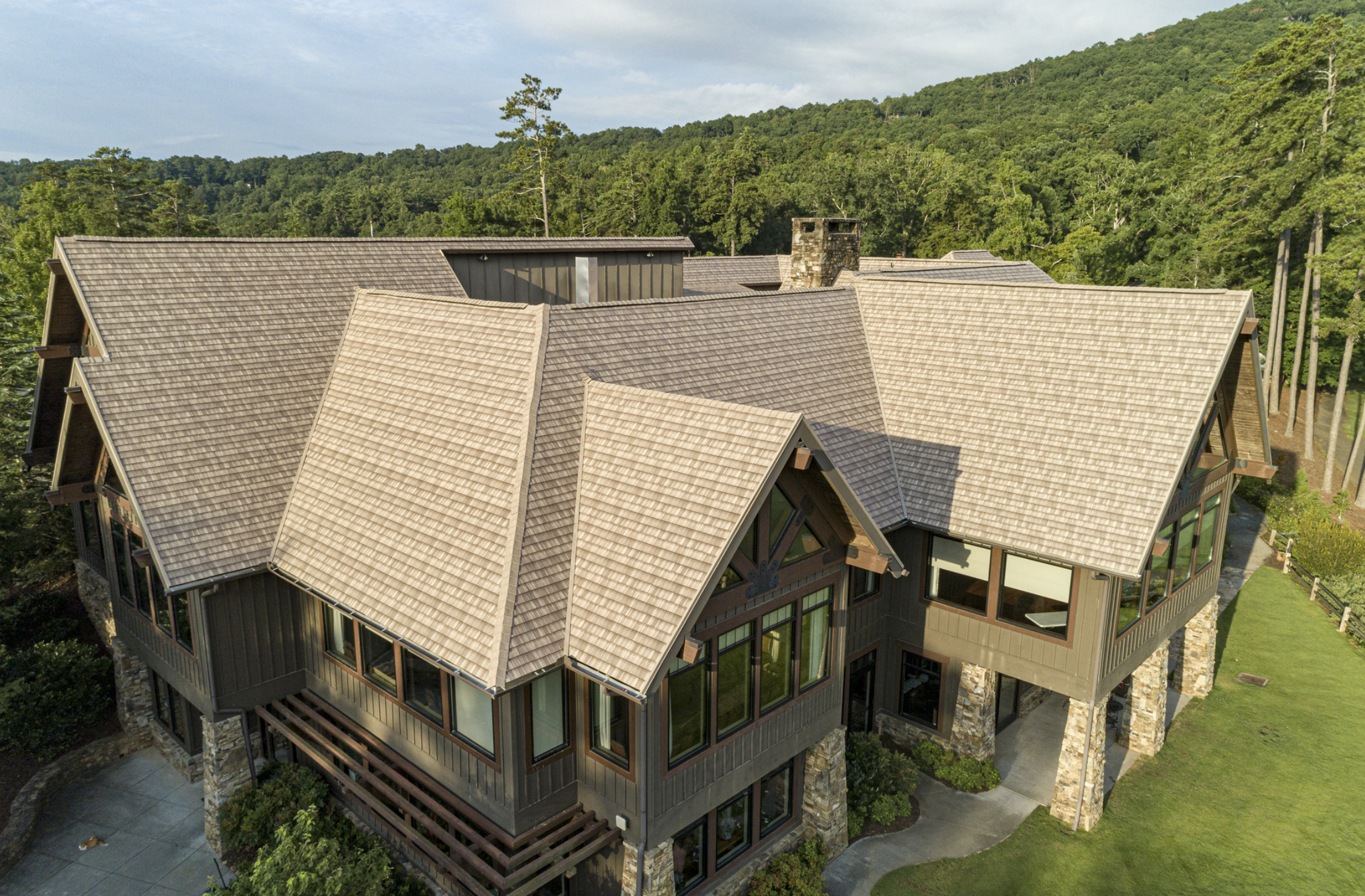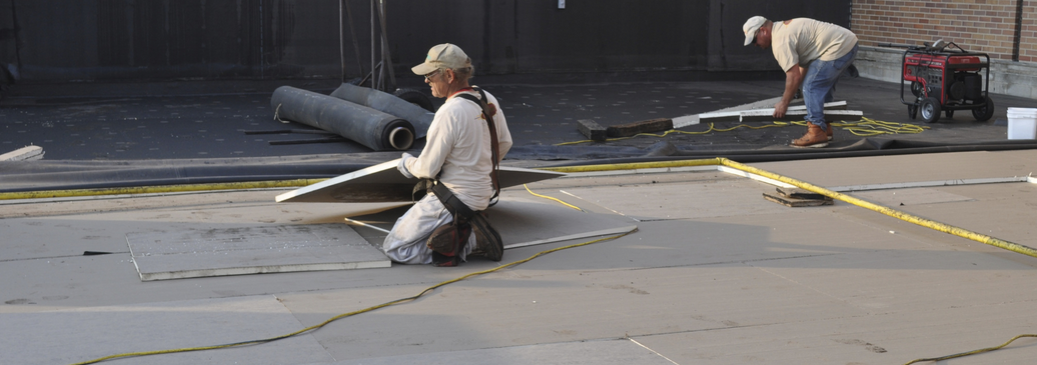The April e-newsletter distributed by Roofing contained an online exclusive about sustainability. The author, Brooks Gentleman, an owner of window refurbisher Re-View, Kansas City, Mo., questioned whether we’re talking about the right things when referring to a building as sustainable. He says, “During the past 10 years, there has been a great deal of talk about green buildings and sustainability, but how many of these ‘green’ commercial or residential buildings are designed or constructed to last for centuries? When will the life cycle of the structure and the construction materials themselves become factors in the sustainability criteria? It seems to me that more effort is placed on whether a material is recyclable than whether it can perform over the long haul. It is time that the design community, manufacturers and construction processes begin to consider the life of the building if we are truly going to incorporate sustainability in our industry.” (Read the entire article.)
Gentleman’s commentary is the perfect precursor to this issue, which has a focus on the long-term performance of a roof system. Three “Tech Point” articles explain the life spans of metal, EPDM and asphalt, respectively. The authors—Chuck Howard P.E., a Roofing editorial advisor; Thomas W. Hutchinson, AIA, CSI, FRCI, RRC, RRP, a Roofing editorial advisor; and James R. Kirby, AIA—share roof-cover characteristics that achieve and industry studies that prove long-term performance.
Insulation is a component that will help extend the life of a roof system. In “Cool Roofing”, Kyle Menard, president of Bloom Roofing, Brighton, Mich., shares insight about polyisocyanurate, specifically how it contributes to long-term roof performance and why the roofing industry should educate clients about its importance as part of a roof system.
As architects, building owners and occupants increase their expectations for the environmental performance of the buildings they design, operate and dwell in, building component manufacturers have begun rolling out environmental product declarations, or EPDs. EPDs are related to life-cycle assessments and product category rules, all of which are part of an ongoing effort to provide as much transparency as possible about what goes into the products that go in and on a building. In “Environmental Trends”, Allen Barry writes about the significance of EPDs for the roofing industry.
As a longtime proponent of sustainability, it’s wonderful to see the conversation turning toward the critical issue of durability and long-term performance. Yes, specifying materials with recycled content or from sustainably managed forests is a nice consideration, but if those materials will only last a few years and must be replaced, we’re expending more energy—and money—using them. There’s nothing sustainable about that.




Be the first to comment on "Long-term Performance of Roof Systems"